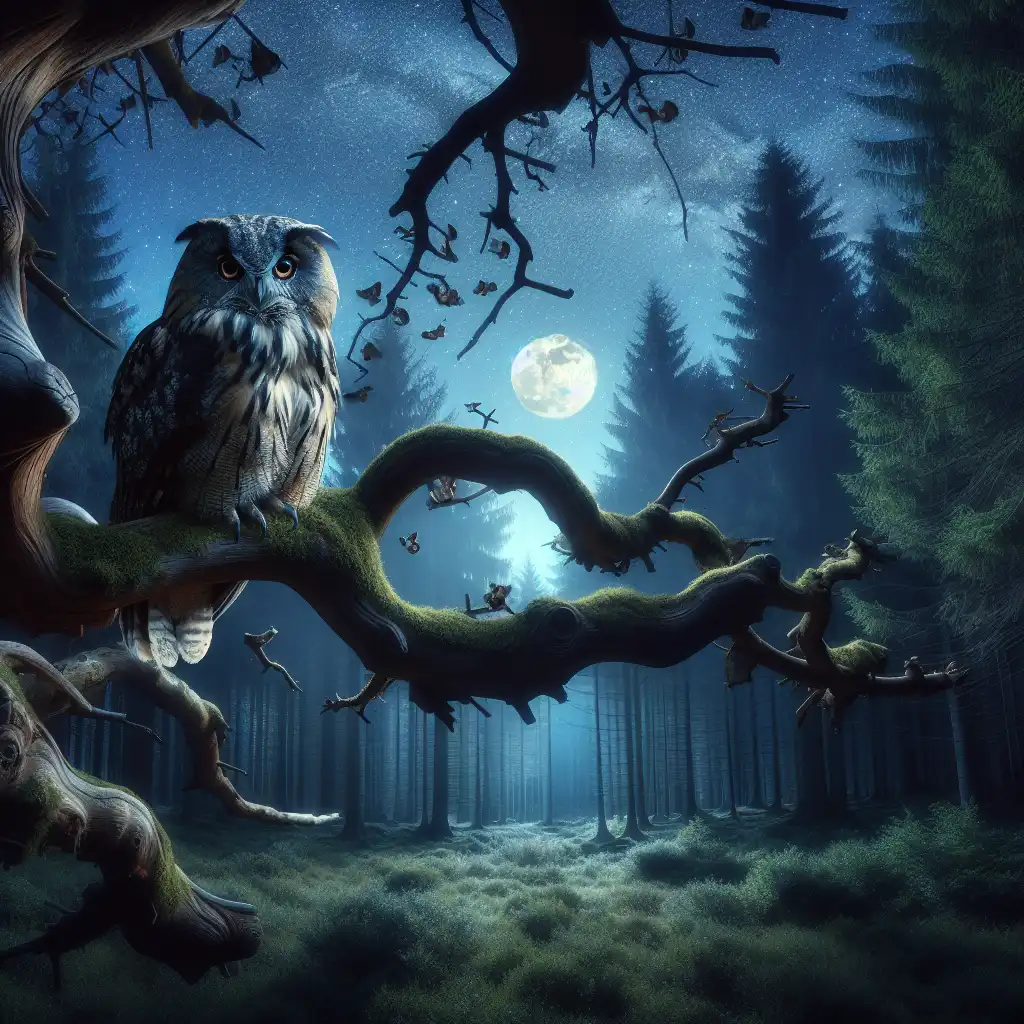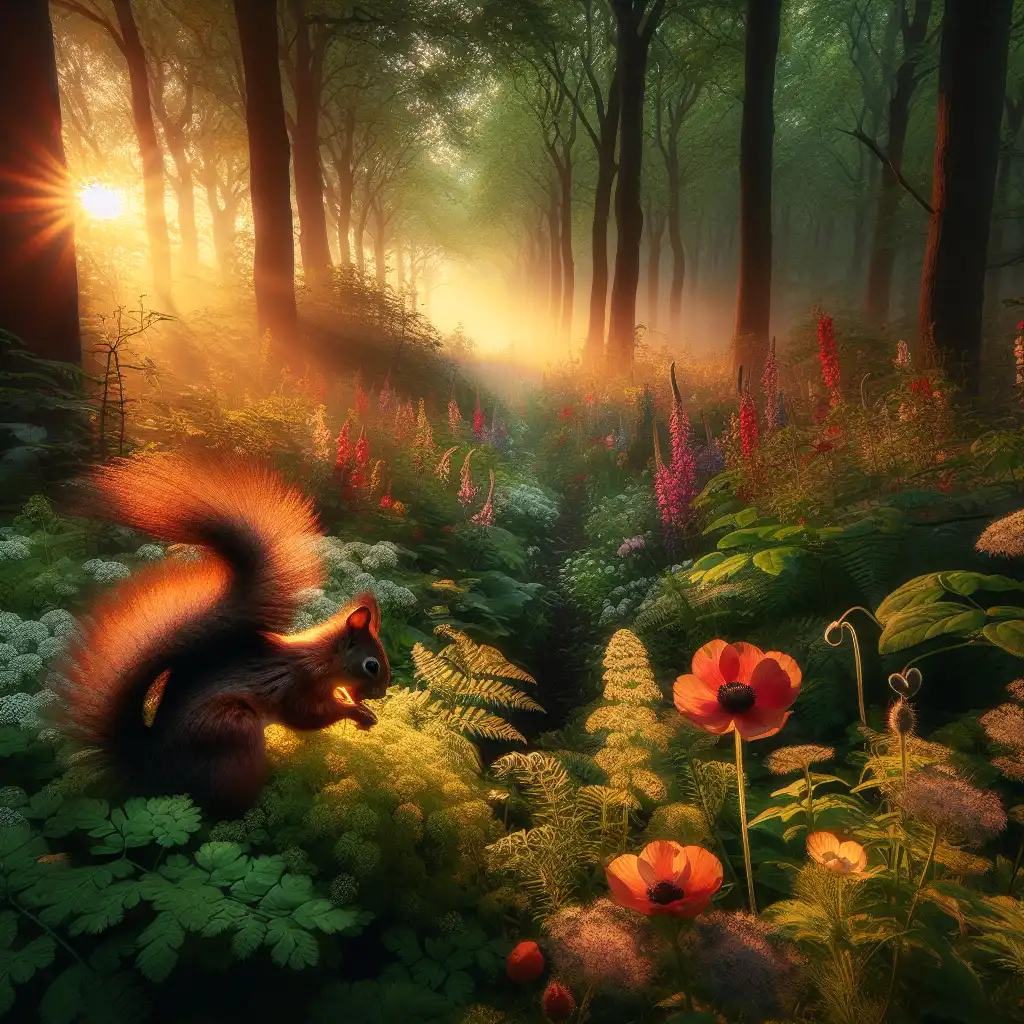
Diurnal
Activity Pattern
Diurnal often describes an organism's active hours, opposite of nocturnal.  Owls are not diurnal; they hunt at night.
Owls are not diurnal; they hunt at night.
Common Confusion
Don't confuse diurnal with nocturnal, which means active at night.  Unlike the nocturnal rodents, squirrels are diurnal.
Unlike the nocturnal rodents, squirrels are diurnal.
Environmental Context
Diurnal can describe processes that occur during daylight, like photosynthesis.  Diurnal patterns of light affect plant growth.
Diurnal patterns of light affect plant growth.